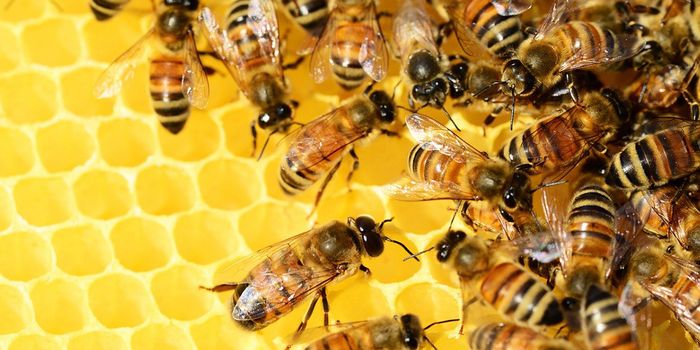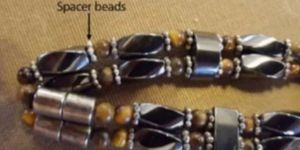How many hot dogs can you consume in a sitting? Two, three, and maybe four if you're really hungry? For eating champion Joey Chestnut, it's a whopping 72 hot dogs in 10 minutes.
When we think of competitively scarfing down large quantities of foods in a short amount of time, it seems a contradiction that people who do this for a living are usually on the thinner side of the scale. How can these contestants take in that much food and stay thin? Is there more under the surface of the seemingly healthy exterior?
In one rare study on competitive eating, researchers analyzed one champion eater to another person with a normal, healthy appetite. They asked the two men to eat as many hot dogs as possible in just 12 minutes while their stomachs were intensely scrutinized.
As it turns out, the stomach of the champion eater had "little or no gastric peristalsis." Peristalsis helps to move and break down the foods we eat. Through rigorous practice, the champion eater had trained his stomach to stretch while bypassing the body's natural satiety reflex. This is why the contestants in eating contests can seemingly consume an unlimited amount of food without getting sick.
People who don't train adequately for these contests risk choking, asphyxiation, and hypoxia. Contestants also cause metabolic stress on the major organs when they fast to prepare for a competition. Similarly, consuming large quantities of fats and carbohydrates in such a short amount of time can put the liver and pancreas at risk for permanent damage.
While researchers have yet to study the long-term effects of stomach stretching, they can predict a few unsavory consequences, including "intractable nausea and vomiting, necessitating a partial or total gastrectomy to relieve their symptoms and restore their ability to eat."








